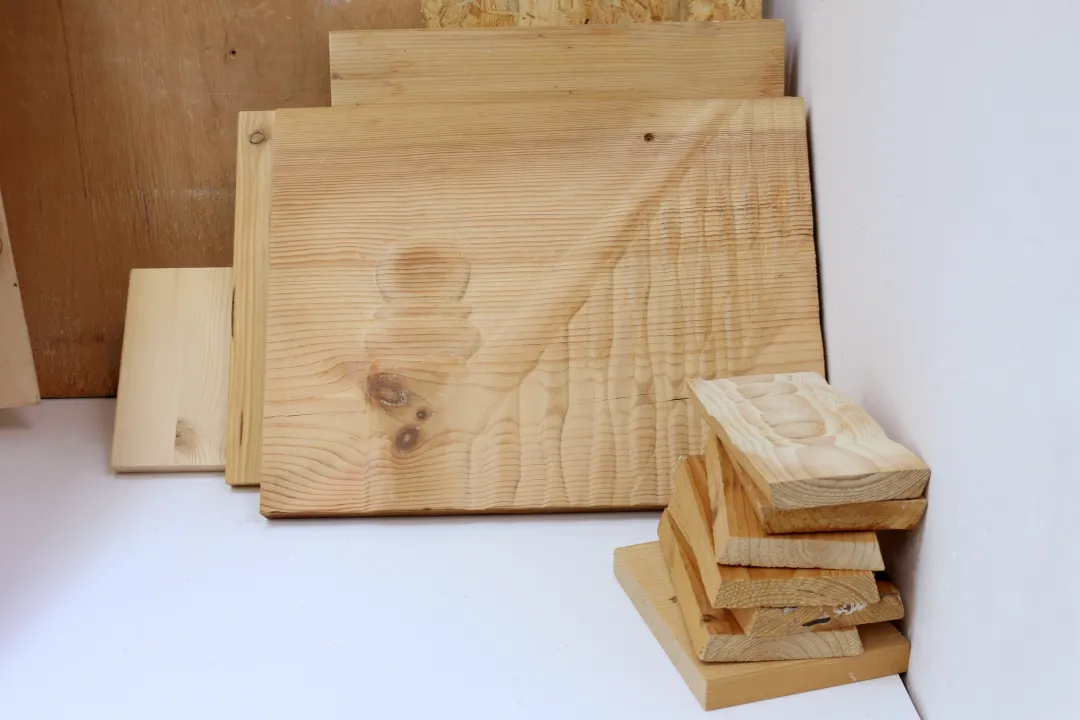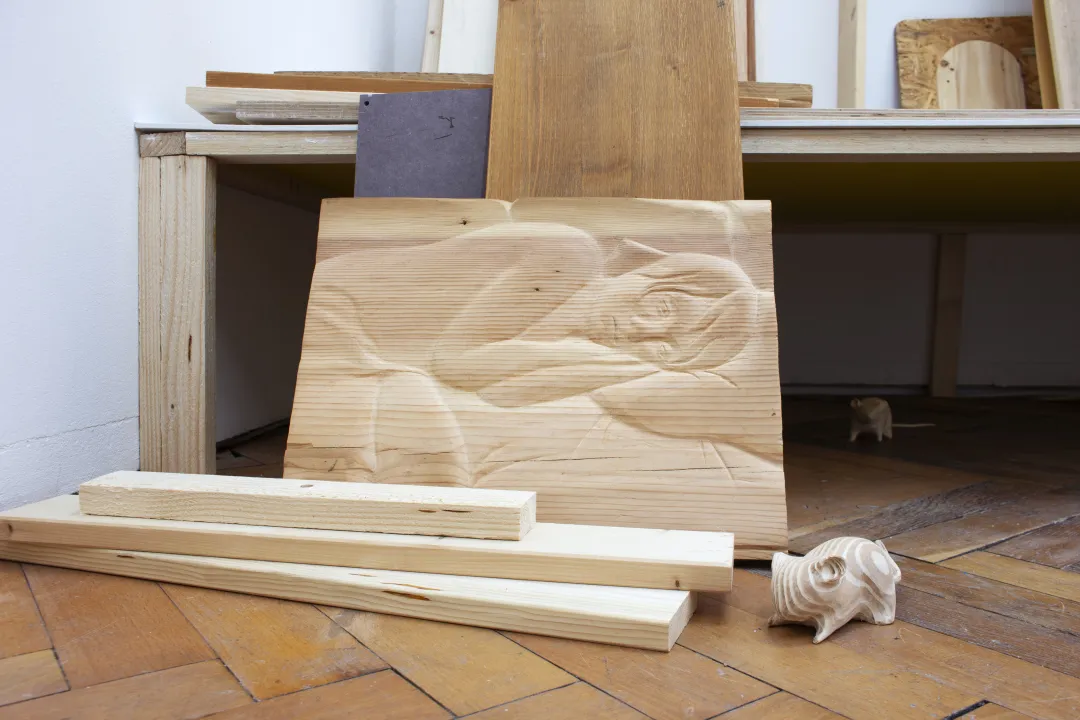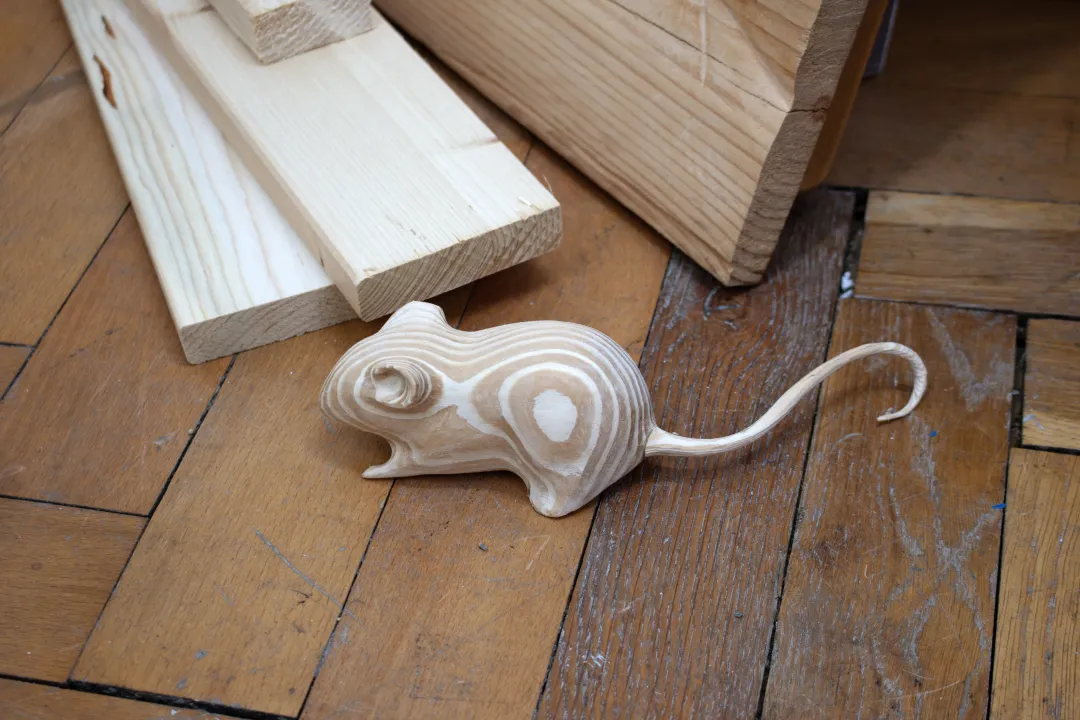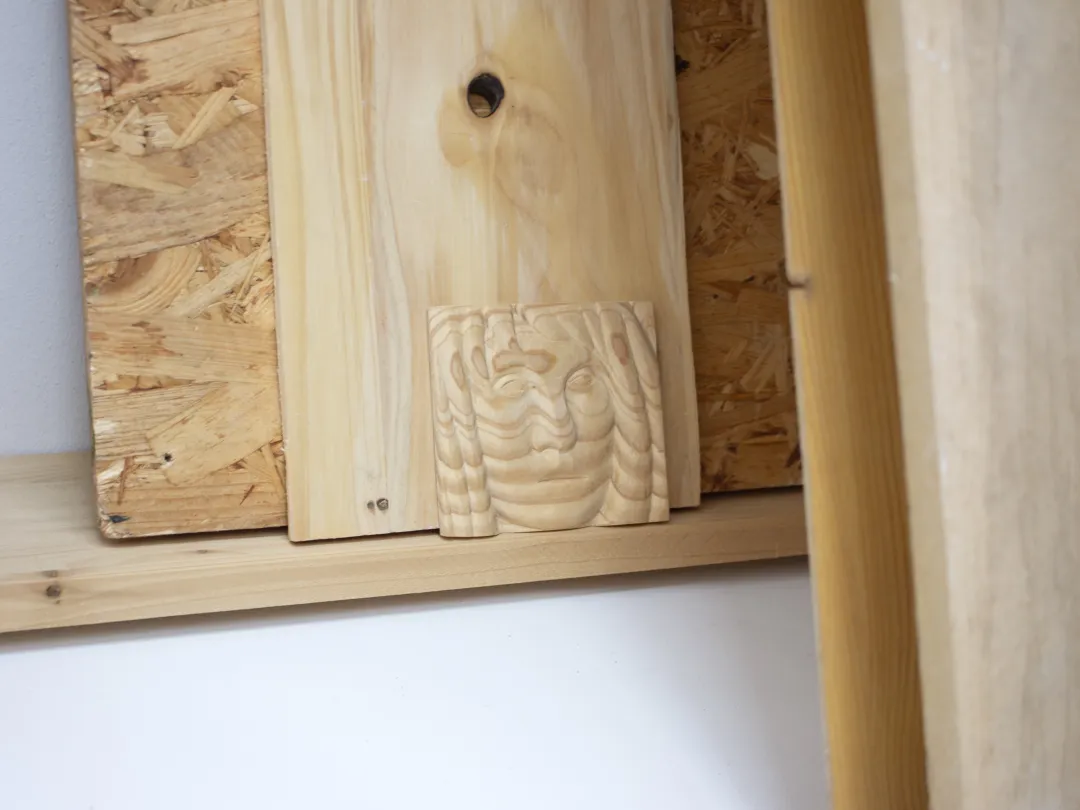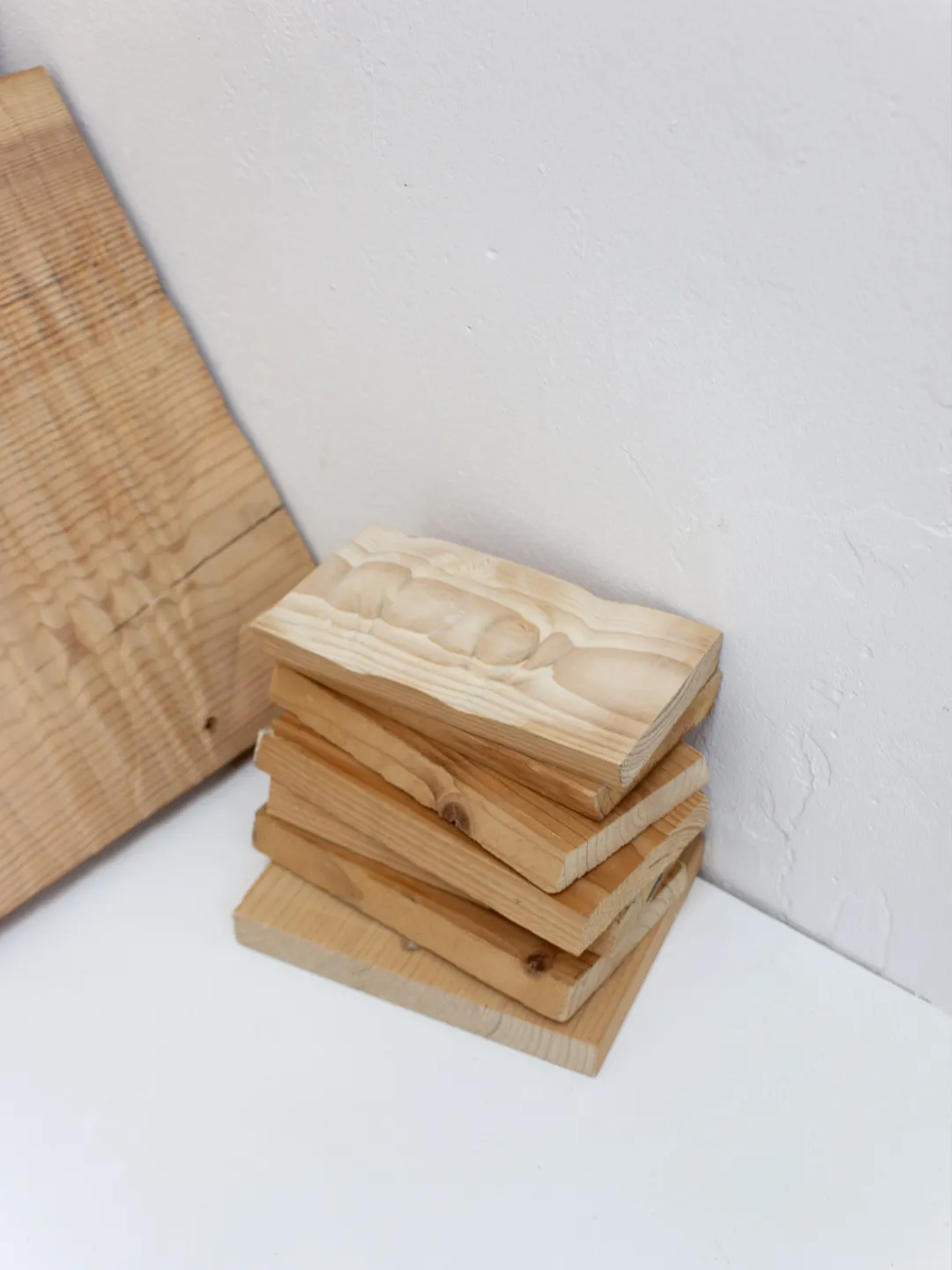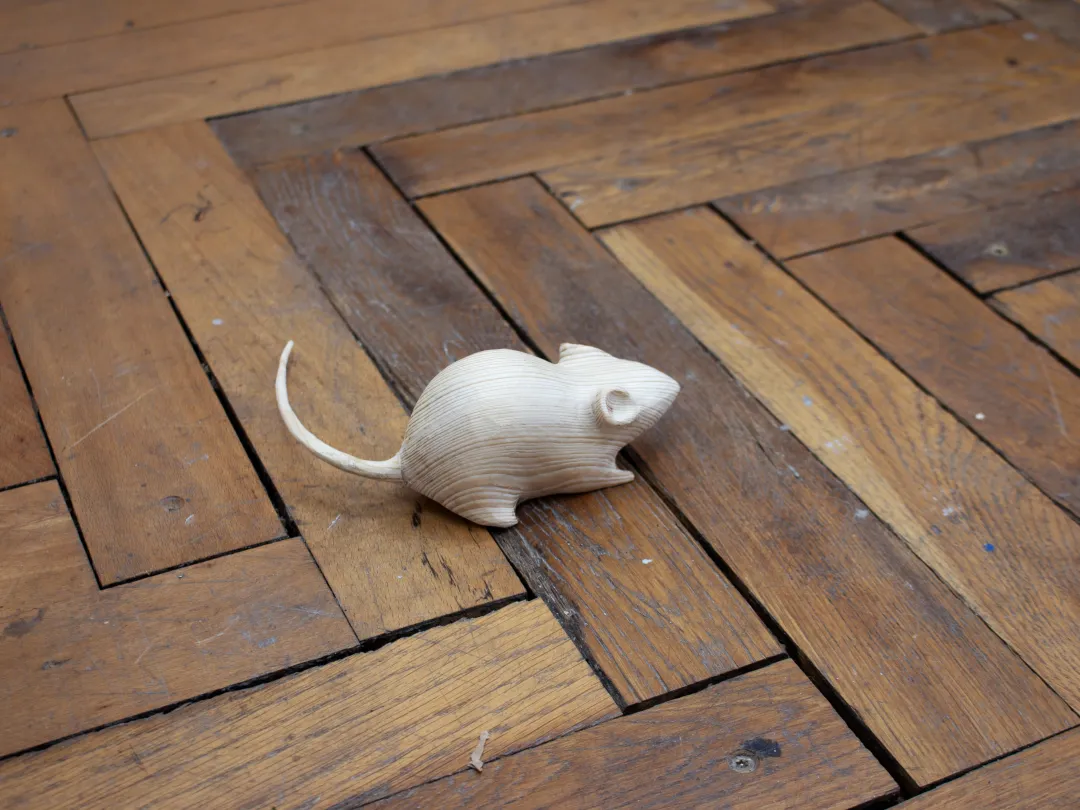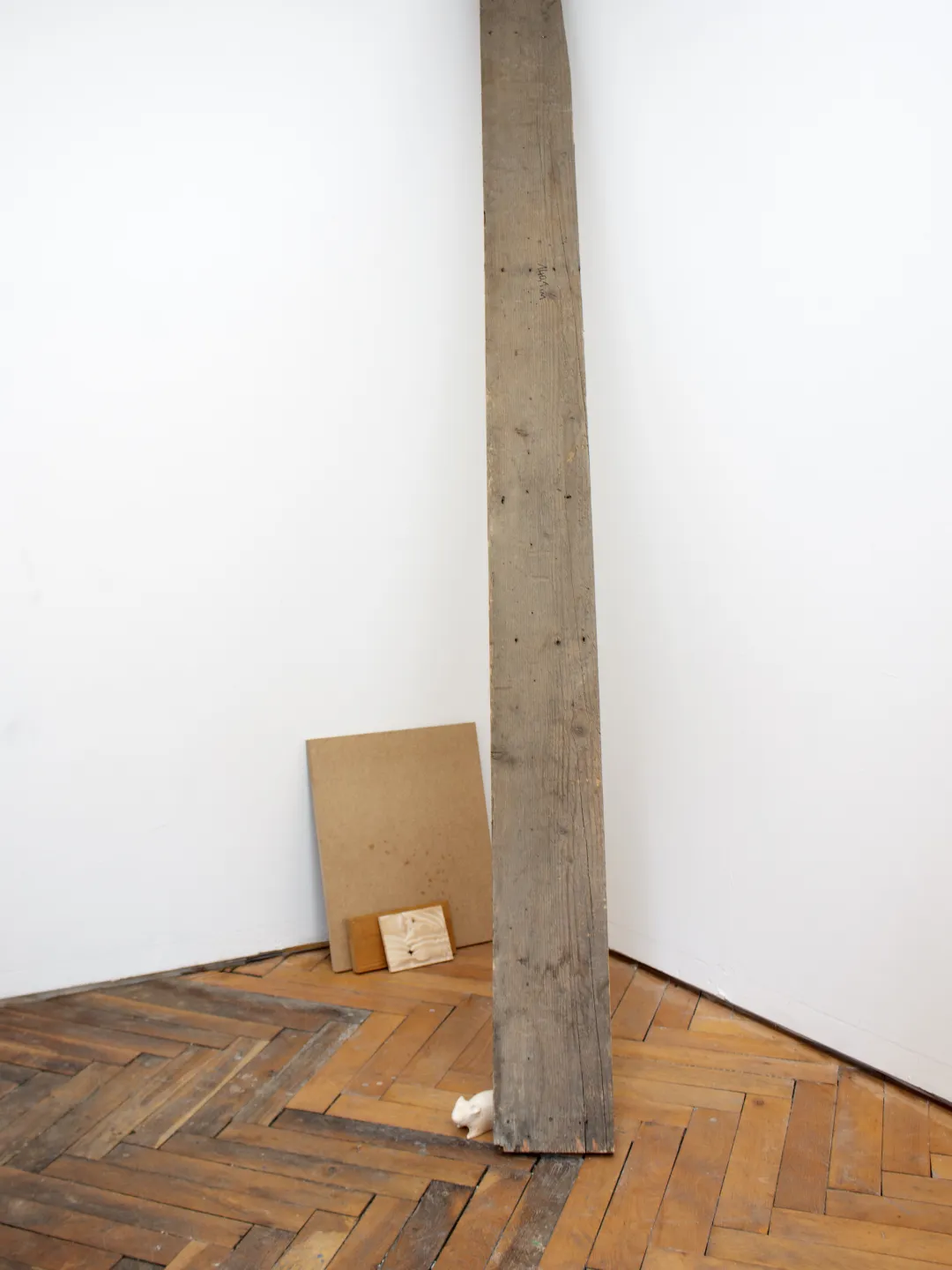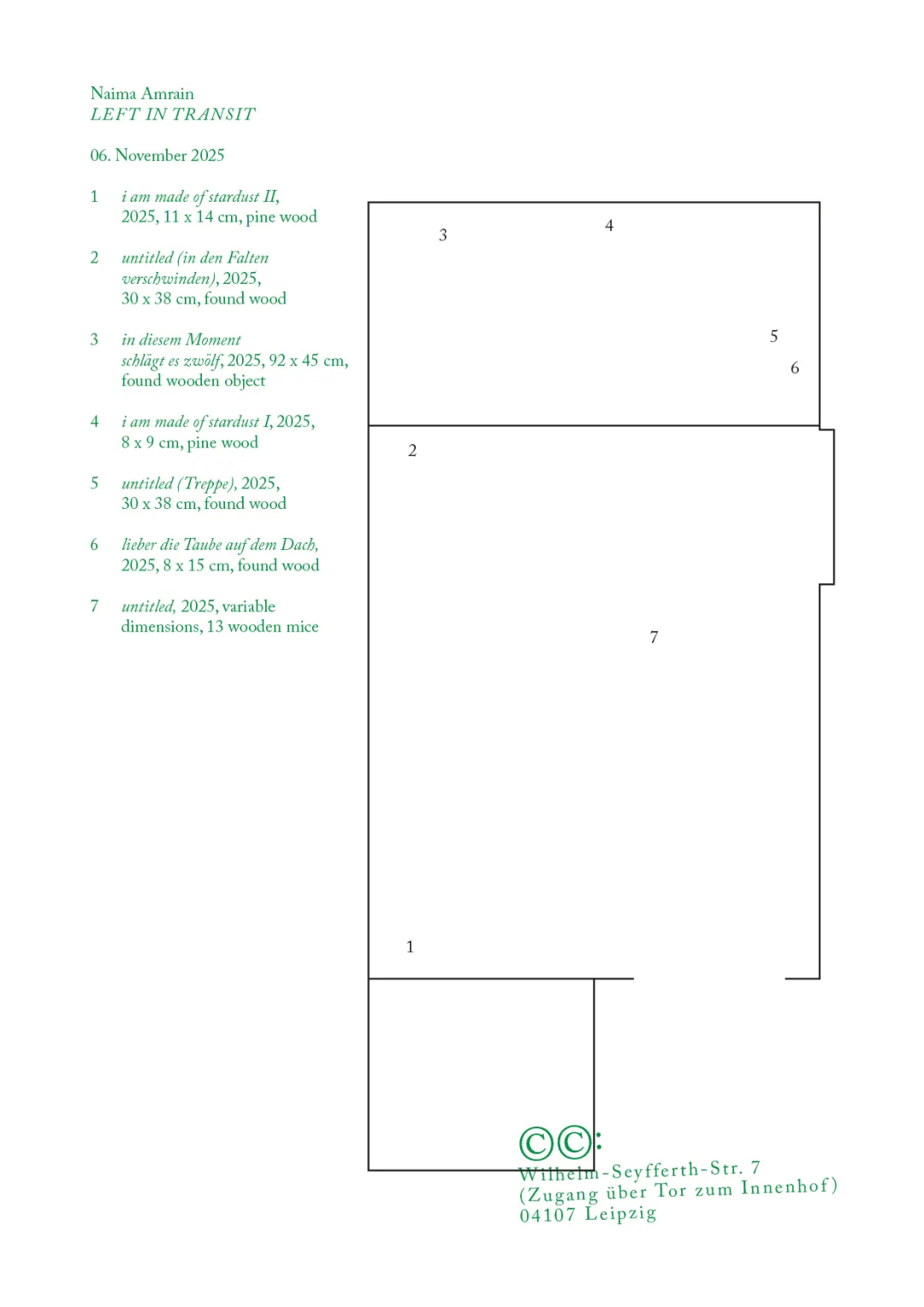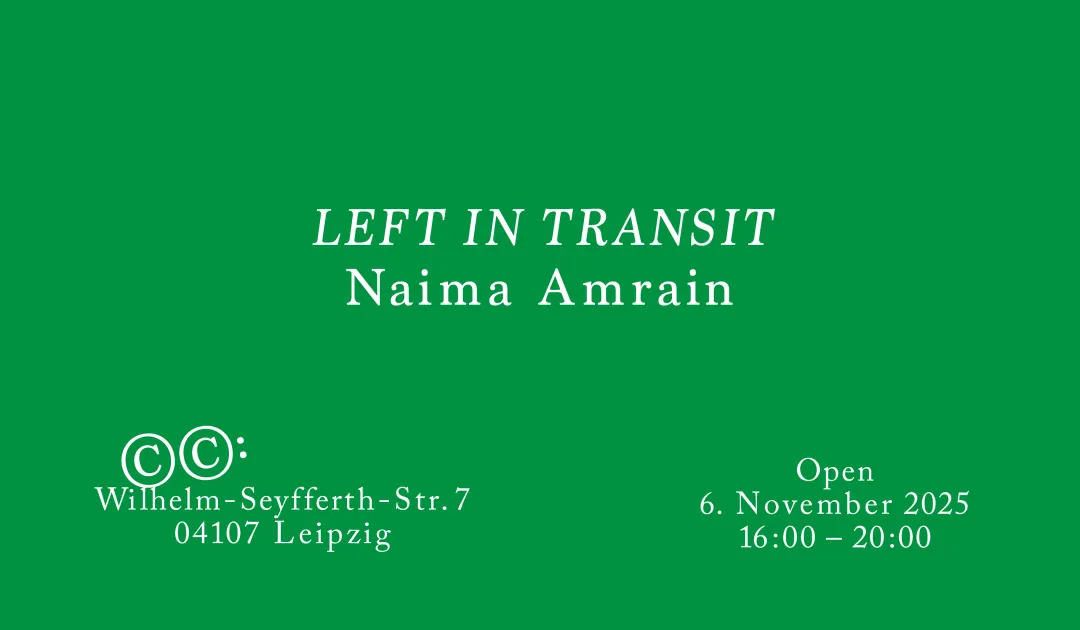Left in Transit (06.11.2025),
Naima Amrain
She sat in the passenger seat of a car on the highway near Kassel. The A44 was full of construction and there were too many trucks overtaking other trucks, slowing down the traffic. Out of boredom, she began to notice foreign things lying right next to the road. It was mostly leftover parts of car accidents: A side mirror, some metal fragments and silver rims. There were also empty cups from Burger King that had once contained soft drinks. Then a single black sock, a random piece of wood and an old construction light. She couldn’t help but wonder whether these things would ever be picked up by someone again or if they might remain on this highway for an uncertain but high amount of years until they decomposed.
She liked to identify herself with non-living things sometimes. To have empathy with random objects or compare her own life to the conditions in which she found them (the objects) in. In those relations of solidarity, she felt it was a pity to leave the pieces of highway trash behind. But she also knew that getting out of the car on a busy road would have been very dangerous.
Transitional exercise:
See value in every piece there is. E.g. the future idea, the discarded idea, the sketch, the work, the leftovers, the old, the new, the sawdust, etc. Everything belongs to everything.
„Ich entscheide mich dazu, mich nicht zu entscheiden. Ich halte still und schaue erstmal. [...] Die Figuren, die auftauchen, befinden sich in einem Zwischenraum, in dem noch unklar ist, was passieren wird.“
Back in summer, they had met in the studio. She was intrigued by the number of different types of wood that stacked upon the wall. Raw planks and plywood co-existed with other wooden objects that came with a history; dark lumber washed grey by the rain or individual polished fragments of dismantled furniture. What united all these elements in their existence was not only the fact that they had been gathered and now leaned against the same wall, but also the question of what was about to happen to them next. Some parts already carried traces of tests with jigsaws and carving tools, on others you could discern faint outlines of figurative imagery.
In this context, the loose arrangement of materials seemed to play its own part in the working environment — what looked like pragmatic storage actually carried its own potential of physical matter left in a transitional state, like hidden objects inside a freight container whose origin and destination remain unknown to those observing from the outside. Somewhere in a space of uncertainty, the loose imagery meets with the material; both the raw wood and the finished works pause in the process of becoming something else.
„Ich entscheide mich dazu, mich nicht zu entscheiden. Ich halte still und schaue erstmal. [...] Die Figuren, die auftauchen, befinden sich in einem Zwischenraum, in dem noch unklar ist, was passieren wird.“
Photographs by Tobias Bertz
Exhibition Text & Flyer Design by Yola Brormann

